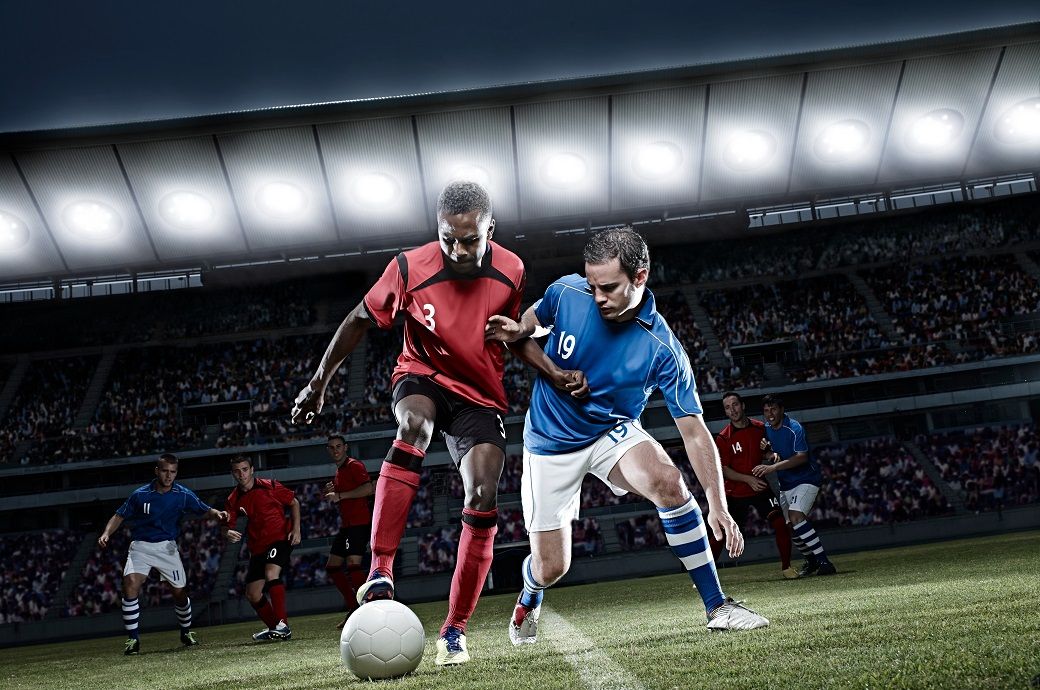
Manchester City’s just-announced new deal with sports brand Puma, however, is moving this market to the next level.
Set to run until 2035, the Manchester City/Puma partnership is projected to earn £100 million per season to become English football’s first £1 billion merchandising programme.
This surpasses the ten-year plans of Manchester United and Adidas which anticipates sales of £900 million per season over the next decade, and a second Adidas partnership with Arsenal that is aiming for £75 million in sales per season.
Profit breakdown
While replica kits retail like luxury items, the football clubs themselves earn surprisingly little from the physical sales of replica football shirts—typically between just £3-5 per shirt, or around 7 per cent of the retail price. Standard £80 shirts cost only about £8 to make in low-wage Asian factories, but value added tax extracts around £13 and the brand partners take the lion’s share. Liverpool is the exception to this general rule, having secured a 20 per cent royalty deal with Nike.
The football clubs make the bulk of their shirt revenue, of course, from the brand names emblazoned on them—Etihad Airlines in Manchester City’s case, Snapdragon for Manchester United, Standard Chartered Bank for Liverpool and both Emirates and Visit Rwanda for Arsenal.
Counterfeit business
Meanwhile, despite huge profits, brands now face headwinds, not least with supporters pushing back on prices and a growing call for a replica-shirt price cap.
The premium prices of the shirts meanwhile fuel a UK counterfeit shirt business valued at around £180?million annually, according to an August 2024 examination by London-based trademark and brand protection analyst Corsearch.
Corsearch found that during the 2022/2023 season, Premier League clubs recorded a total revenue of £489 million from shirt sales.
Across all clubs in the Premier League, counterfeiters are producing and selling an estimated 16.2 million shirts per year, with an average price of £11 per shirt, compared to legitimate sales of 10 million shirts per year, at an average price of £76.50.
This means that, on average, counterfeits are being sold 86 per cent cheaper than legitimate football shirts and there are over one and a half counterfeit shirts in circulation for each real shirt sold.
Brands are attempting to counter this with traceability technology—QR codes, NFC tags and blockchain certificates designed to outpace a new wave of AI-generated fakes flooding online marketplaces.
Off-field battle
“While Premier League teams are looking towards trophies and success, the brands behind them are facing their own off-field battle in trying to protect their club identity and revenues,” said Robert Cochrane-Gough, strategic account director for brand protection at Corsearch. “Brand protection cannot afford to be an area that clubs take lightly and using tech-driven tools to hit counterfeiters at the source is the optimal solution—taking down illegal networks to prevent brand and financial damage.”
ALCHEMPro News Desk (IL)
Receive daily prices and market insights straight to your inbox. Subscribe to AlchemPro Weekly!